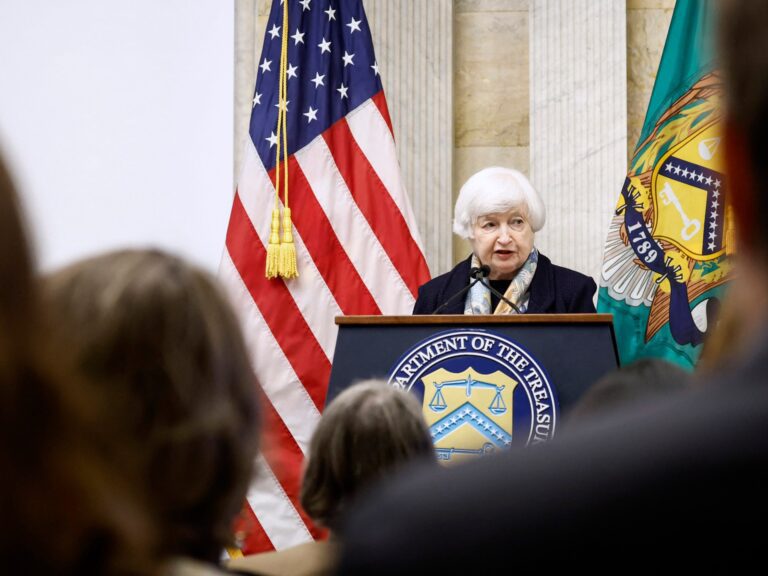The technology helped recover $1.3 billion in tax fraud in fiscal year 2024, according to the Treasury.
The United States Department of the Treasury is turning more to artificial intelligence (AI) to combat fraud, using technology to thwart $4 billion in irregular payments over the last year.
The agency released the estimate in a statement Thursday announcing the success of its “technology and data-driven approach.”
In fiscal year 2024, which ran from October 2023 to September 2024, Treasury used machine learning AI to stop $1 billion in check fraud, it says .
At the same time, its AI processes helped eliminate $3 billion in other irregular payments, including by identifying risky transactions and improving monitoring, it adds.
The total annual amount of $4 billion in fraud prevention was six times that of the previous year, according to the agency.
Finding “hidden patterns”
Treasury official Renata Miskell told CNN that the use of AI technology has been “transformative” for the agency, which still needs a human to make the final decision in cases of fraud to labeling.
“Fraudsters are very good at hiding. They’re trying to secretly game the system,” Miskell said. “AI and data mining help us find these hidden patterns and anomalies and prevent them. »
Each year, the U.S. Treasury, the United States’ financial department, distributes some 1.4 billion payments, totaling more than $6.9 trillion, according to the agency.
In its fraud prevention statement, the agency said it “takes seriously our responsibility to serve as effective stewards of taxpayer dollars.”
“Helping to ensure that agencies pay the right person, for the right amount and at the right time is at the heart of our efforts,” he adds.
The Treasury is not the only US agency turn to AI to fight financial crime. The Internal Revenue Service (IRS), which collects federal taxes, also leverages the tool to combat tax fraud, and plans to use it to step up audits in coming years.
The IRS said last month it has recovered $1.3 billion from wealthy taxpayers since the end of 2023, part of efforts targeting returns for high-income earners.
The IRS’s most recent estimate of the amount owed and unpaid is approximately $496 billion each year (for 2014-2016). This tax gap is expected to reach $688 billion in 2021, according to the U.S. Government Accountability Office (GAO).
As AI becomes more and more important in the industry, regulators have warned that this raises risks in terms of safety and solidity.
US Treasury Secretary Janet Yellen, who chairs the Financial Stability Oversight Council, said supporting responsible AI innovation can enable the “financial system to reap benefits such as increased efficiency, but there are also existing risk management principles and rules that should be applied.”

